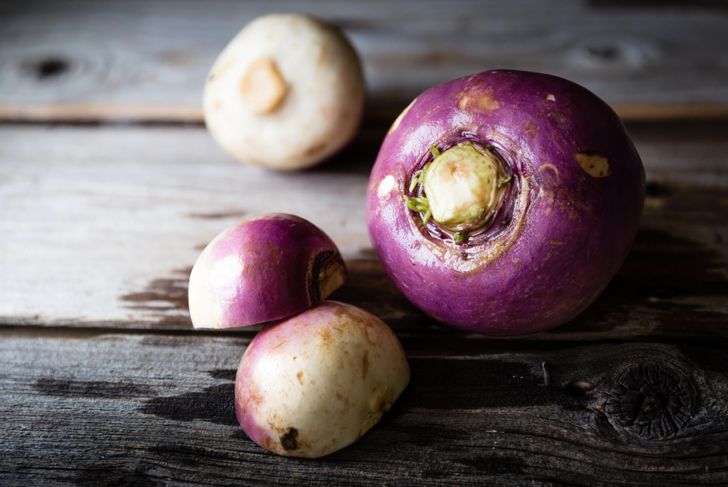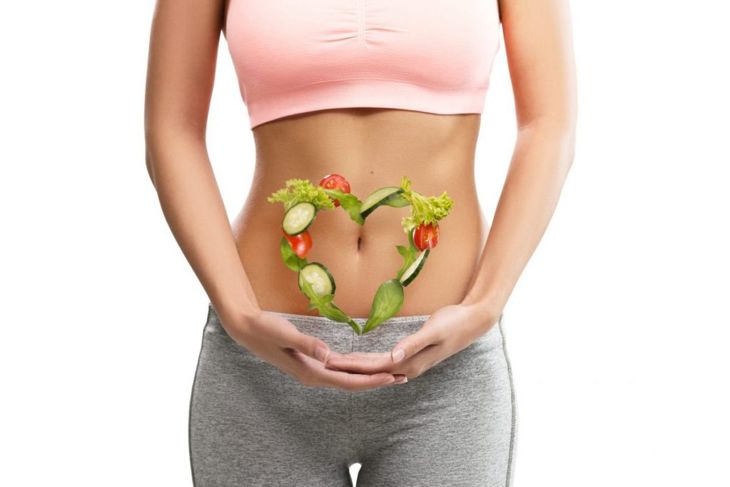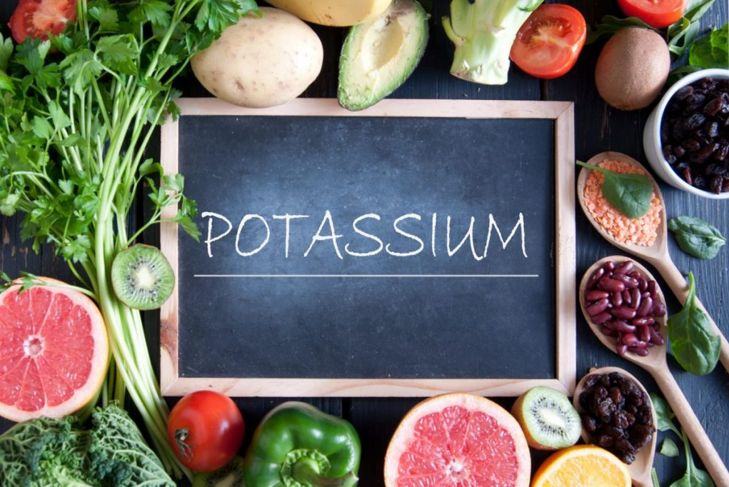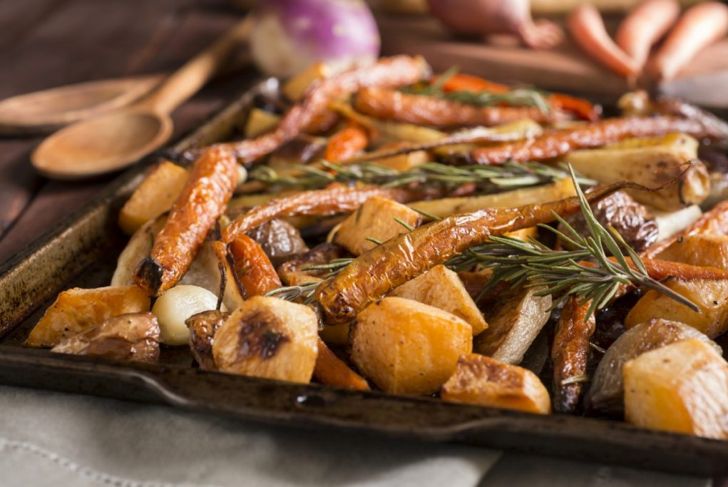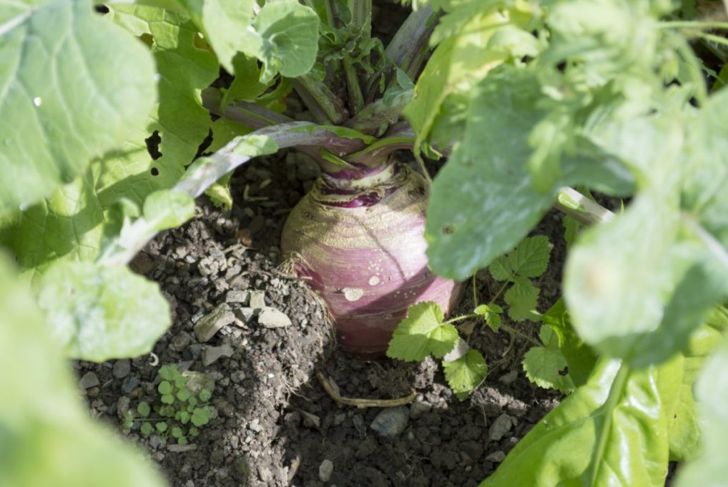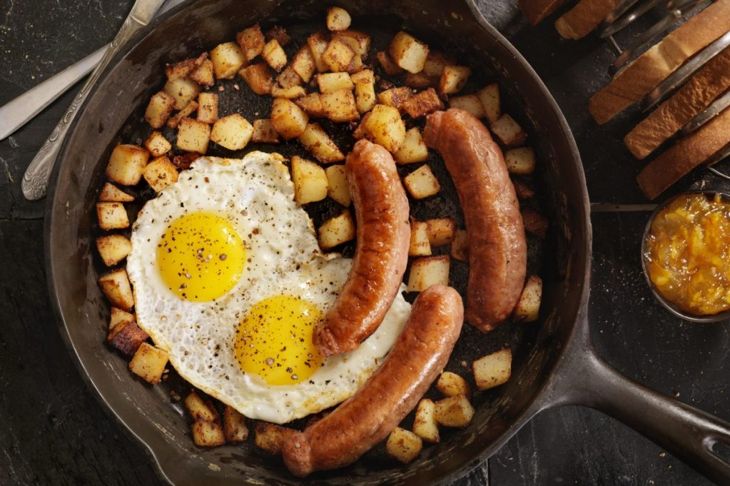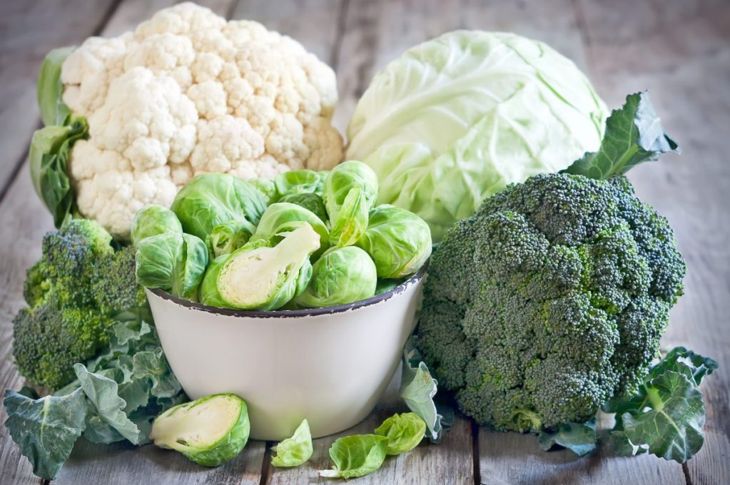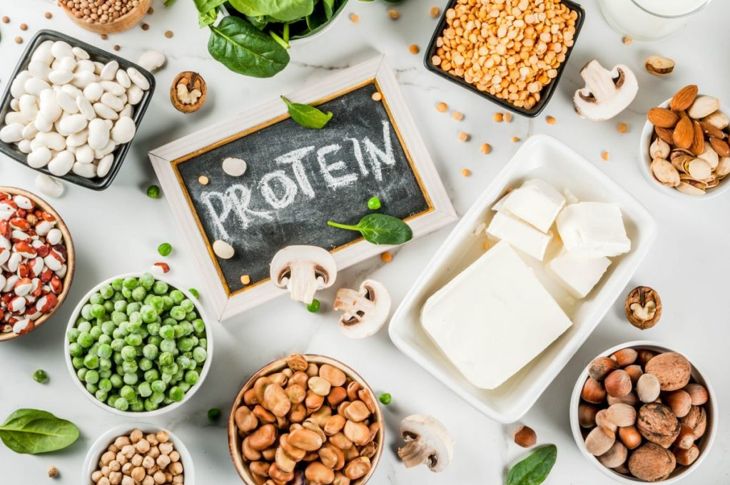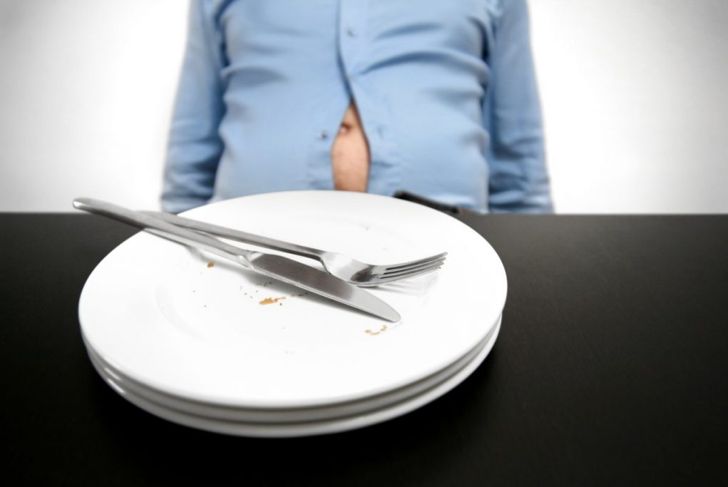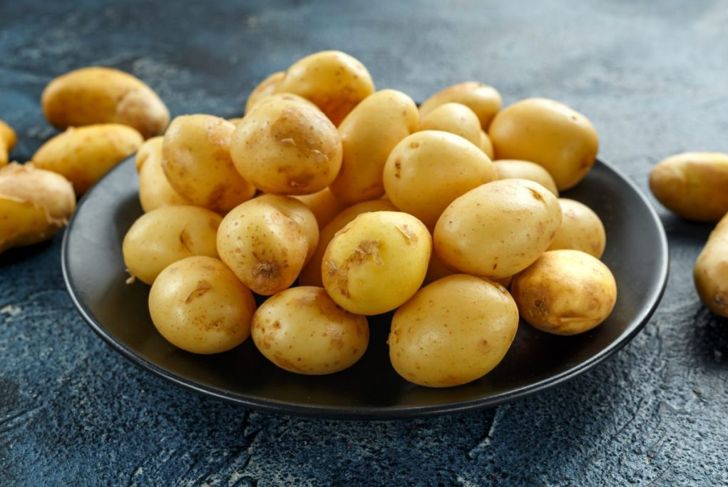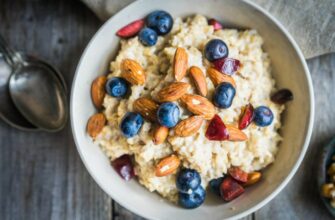Rutabaga is a root vegetable that is often mistaken for a turnip, though it is less bitter and looks different than its cabbage cousin. While a purple and white turnip is usually two or three inches in diameter, rutabaga is twice that size. Rutabaga tends to be sweeter in flavor when left in the ground until after a frost Think of this lesser-known veggie as a cross between winter squash and turnip. They also have a whole host of health benefits.
Rutabaga is a Cabbage Cross
The rutabaga was first mentioned by Gaspard Bauhin, a botany expert from Switzerland. In the early 1600s, scientists found this root vegetable growing in the wild. Tests identified it as a cross between cabbage and turnip. Rutabaga thrives in soil with a pH of 6 to 6.5 and cooler temperatures.
Rutabaga is High in Fiber
One serving contains nine grams of fiber. This is more than a third of the recommended daily amount for this nutrient. Fiber is great for gut health: it draws water to the intestines to prevent constipation, clears out unnecessary bacteria, and reduces the risk of colon cancer. It also helps to stabilize blood sugar levels.
Rutabaga is a Great Source of Potassium
Cells within our bodies require potassium to maintain fluid balance. Improper potassium levels within the cells increase the risk of kidney stones and high blood pressure. Left untreated, low potassium levels may impact heart health. One serving contains more than 30 percent of an adult’s daily requirement of potassium.
Rutabaga is Versatile
Rutabaga is a versatile cooking ingredient. Simply remove the wax-covered peel and chop the vegetable into cubes, or use a spiralizer to make “noodles.” The noodles are easily sauteed in oil or butter, and cubes can be boiled and mashed or roasted in the oven until golden brown.
Rutabagas Shouldn’t be Planted Until Mid-Summer
To develop a sweeter flavor and avoid woody flesh, they need to finish their growing season after a frost. They should be planted with the goal of harvesting later in the fall. In northern climates, experts recommend sowing rutabaga seeds just after Independence Day. They need a lot of water, so it’s best to water them daily.
Rutabaga Offer Plenty of Calcium
Just one serving contains 166 mg of calcium. That’s almost one-fifth of the daily requirement. Calcium is important for bones. For women and men who are at risk of osteoporosis, this root vegetable can help them boost calcium intake. Plus, its versatility makes it an easy swap for side dishes such as home fries.
Rutabaga May Help Prevent Cancer
Cruciferous vegetables can help prevent cancer. These vegetables are identified by the unpleasant odors they emit while cooking, and include Brussels sprouts, cabbage, cauliflower, rutabaga, and others. The glucosinolates within the cruciforms are the reason for this odor. This sulfurous chemical is also found to have anti-cancer benefits; it protects cells from damage and helps stop the migration of tumor cells. Research into the benefits is ongoing, but tests on breast, colorectal, lung, and prostate cancers have shown promise.
Vegetarians Get Protein From Rutabaga
While not a huge quantity, rutabaga does contain four grams of protein per serving. The FDA recommends people consume an average of 50 grams of protein each day. Paired with other protein sources like legumes and tofu, rutabaga is an antioxidant-rich option that can help vegetarians — and meat eaters — healthily reach this goal.
Rutabaga Are Not High in Calories
One serving — approximately one medium root or 0.8 pounds — contains 143 calories. This much bulk with so few calories makes rutabaga a good choice for people seeking to reduce food intake or lose weight. The vegetable leaves people feeling fuller longer, so it helps curb snack attacks.
Rutabaga Are Lower in Carbs Than Potatoes
People often avoid potatoes because of the high carb count. Rutabaga cubes mash or roast just like potatoes, but they’re lower in carbs. One serving has 33 grams of carbs, but nine of these are from dietary fiber. Plus, this delicious vegetable adds fiber, antioxidants, potassium, and glucosinolates, making it a better option.

 Home
Home Health
Health Diet & Nutrition
Diet & Nutrition Living Well
Living Well More
More